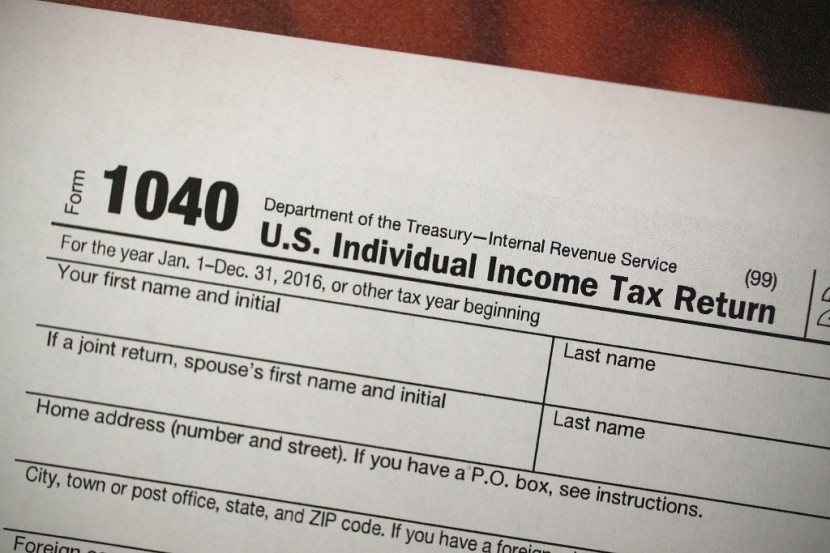
US Taxpayers have until April 18 to get their tax returns into IRS. To avoid penalties, they can also request an extension in this 2022 tax season, which started on January 24. There are ways to reduce tax burdens and even get tax refund.
The key to determining whether you owe the government money or will be reimbursed is whether you had enough of your income withheld during the year.
Though making an allowance for your choices for reducing the amount of your annual income that will be taxable can help you save money on taxes, as per Diario AS.
Much of the tax credits that have been expanded for the fiscal year 2021 could reduce your tax liability to zero or likely result in a sizeable tax refund.
How To Calculate Taxes You Will Owe?
The amount you could be liable for each year is determined by your age and filing status, both of which are determined on December 31 of the fiscal year in which you report your income. As a result, the income thresholds for your tax bracket will be determined.
Keep in mind that the US tax system is progressive, which implies that as you pass through the tax brackets you only pay what you owe for the income you earned above the prior bracket. It is a good idea to have the amount you owe deducted from your monthly income to prevent owing money when filing your tax return.
To figure out how much you should be paying out of your paycheck every month, it is advisable to utilize the IRS's online Tax Withholding Estimator tool. But the IRS does not advise to use the tool if you have a pension but not a job, you have nonresident alien status, and your tax situation is complex.
How To Decrease the Amount of Taxable Income?
Taxpayers are provided with several options to bring down their tax burden. These include deductions for property, dependents and investing in your retirement, and more. You can deduct your pets from your taxes in select limited cases, but it must generally be considered a business expense. These will assist you in cutting the Adjusted Gross Income (AGI), potentially allowing you to enter a smaller tax bracket.
Get a Bigger Refund by Taking Advantage of Tax Credits
Tax credits are a great way to lower your tax bill, possibly to zero, and if they're refundable, they can even put money back in your purse. Taxpayers must file a 2021 tax return to be able to claim more tax credits in the fiscal year 2021.
Democrats have been campaigning to promote awareness of the Child and Dependent Care Tax Credit, which was enhanced and made refundable for 2021, meaning that you can still claim the full credit even if you don't owe any taxes. Any percentage of the credit that exceeds your tax liability will be refunded to you as a portion of your tax refund.
When Will I Receive My Tax Refund?
The way your 2021 tax return is sent will determine when you will receive your tax refund (24 hours if electronically filed and four weeks if submitted via paper return). You can check its status with the IRS' "Where's My Refund" online tool to check your refund status. If it has been longer than the indicated period, an IRS representative can give an update on the status of your refund over the phone.
Why Is My Tax Return Less?
One of the most typical reasons for a lower tax refund is that you made a lot more money last year than you recall. In comparison to 2020, most people worked more hours while others may have received a pay raise or changed employment, resulting in a pay increase.
According to a tax advice published by Marca, another reason for some people receiving a smaller tax refund than expected is the enlarged Child Tax Credit program, which provided half of the 3,000 or 3,600 dollar amount to families in the second half of 2021.
© 2025 HNGN, All rights reserved. Do not reproduce without permission.








